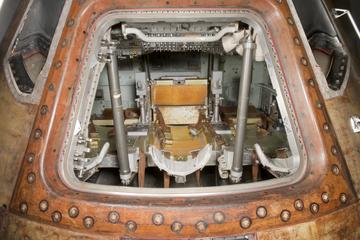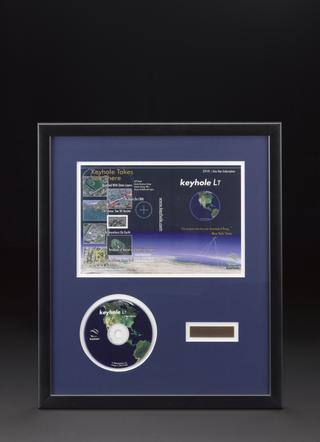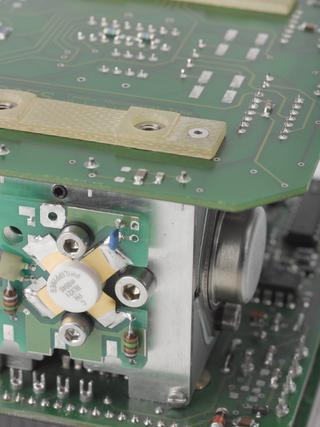
Toy duck used in preparation for the Rosetta probe mission, 2014
- Made:
- 2014 in unknown place










Toy duck used by Open University Ptolemy team to choose landing site of Philae lander on comet 67P/Churyumov–Gerasimenko during Rosetta probe mission, 2014.
After a ten year, 6.4 billion km journey the Rosetta spacecraft arrived at comet 67P/ Churyumov–Gerasimenko August 6th, 2014. For the next six weeks Rosetta orbited the comet at a distance of 30-100 km, returning data and images to Earth. This enabled the teams of mission scientists to choose a suitable landing site for Rosetta’s Philae lander. Philae carried ten science instruments, one of them called Ptolemy – designed and developed by the Open University in the UK. The toy duck was used by the Ptolemy team as a visual aide when discussing and deliberating on where they thought Philae should land. It was chosen because the comet – on first sight – looked rather like a duck! Philae landed successfully – the first spacecraft ever to land on a comet – 12th November, 2014. The Ptolemy instrument returned findings of water vapour, carbon monoxide, carbon dioxide and some organic compounds including formaldehyde. These and other chemicals detected by Ptolemy and other Philae instruments play a key role in the synthesis of amino acids, sugars and nucleobases: the ingredients for life. Formaldehyde is needed for the formation of ribose, a sugar that ultimately features in molecules like DNA.
Details
- Category:
- Space Technology
- Object Number:
- 2015-211
- Materials:
- plastic (unidentified)
- Measurements:
-
overall: 106 mm x 84 mm x 84 mm, .82 kg
- credit:
- Donated by Andrew Morse




